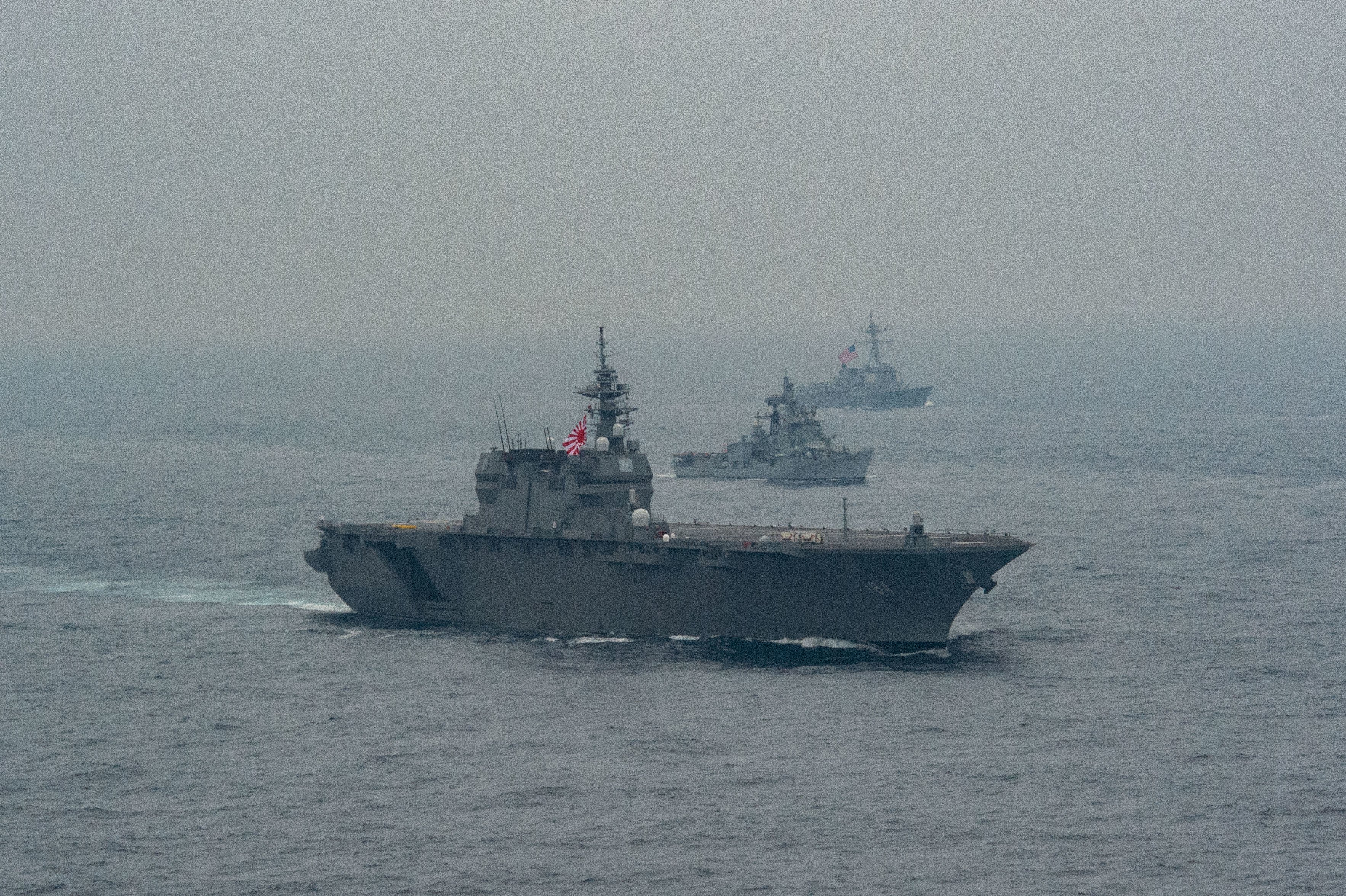
Japan Announces 7-Month, Dual Big Deck Deployment, USS Carl Vinson Heading to RIMPAC
The Japan Maritime Self-Defense Force will dispatch both its Izumo-class big decks on their largest deployment to date, officials said on Tuesday.…

Copyright 2024 U.S. Naval Institute. All Rights Reserved.